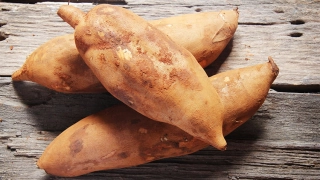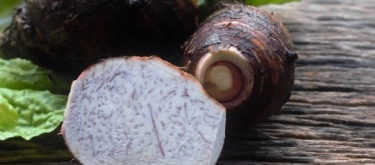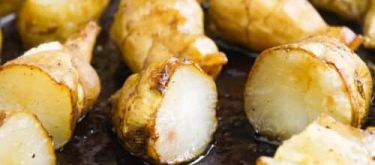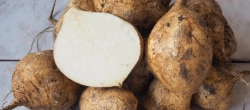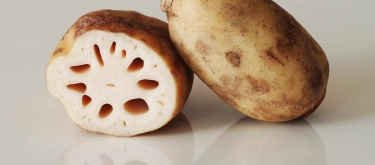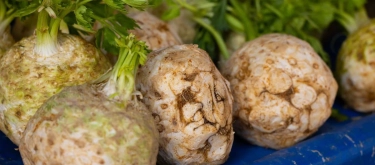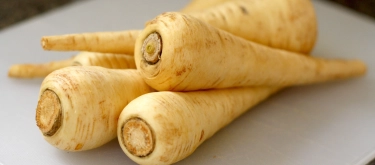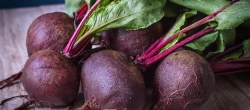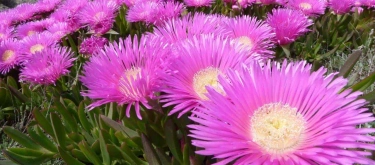Ube (Purple Yam): Taste Profile, Aroma, Benefits and Health Risks
Ube, or purple yam (Dioscorea alata), is a starchy tuber native to Southeast Asia, now widely cultivated in tropical regions. Its vivid violet flesh and subtly sweet flavor have made it an essential ingredient in Filipino cuisine and a global trend in desserts and specialty foods.
Ube is well-tolerated by most people. Allergic reactions are rare, but possible in individuals with sensitivity to yams or related tubers. Ube contains moderate carbohydrates and natural sugars; individuals with diabetes should consider portion size. Raw ube must be cooked before eating to destroy naturally occurring toxins.
What does Ube (Purple Yam) taste like?
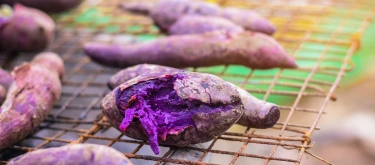
Complete Sensory Description
First impression: When cooked, ube delivers a mild, creamy sweetness with nutty and vanilla-like undertones. The initial flavor is gently sweet, never overpowering, and noticeably earthy.
Development: As you continue to taste, the creamy texture becomes prominent, with subtle notes reminiscent of coconut and chestnut. The purple color adds to the unique sensory experience but does not affect taste.
Aftertaste: The finish is smooth and clean, with a lingering, light sweetness and a faint earthy note.
Texture: Soft, dense, and creamy when mashed or cooked; moist and slightly chewy in cakes and desserts.
Appearance: Vivid purple flesh (sometimes pale lavender to deep violet) inside a rough, brown skin. The intense color is retained after cooking and makes ube visually distinctive.
In-depth Flavor Analysis
Ube’s signature sweet, nutty flavor comes from natural sugars (mainly sucrose and maltose) and aromatic compounds like vanillin and furaneol (imparting a vanilla and caramel-like scent). The earthy base flavor is due to pyrroles and phenolic compounds. As ube is cooked, starches gelatinize, making the flesh creamy and amplifying sweetness. The tuber’s purple pigments are anthocyanins, which also contribute mild berry-like aromatic hints.
Varieties and Culinary Applications: Practical Chef Recommendations
-
Fresh ube (whole root):
-
Used for: Traditional Filipino desserts like halaya (ube jam), where cooked, mashed ube is combined with coconut milk and sugar.
-
Baked goods: Ube is blended into cake batters, bread (ube pandesal), and pastries for moist, colorful results.
-
Boiled or steamed: Served as a sweet side or mixed with sticky rice and coconut for traditional kakanin.
-
-
Grated or powdered ube:
-
Used for: Flavoring and coloring ice cream, milkshakes, lattes, and bubble tea.
-
In baking: Ube extract or powder is added to cheesecakes, doughnuts, pancakes, and cookies for flavor and vibrant color.
-
-
Chef recommendations:
-
Halaya: For authentic Filipino ube halaya, steam the root until tender, mash while hot, then combine with coconut milk and condensed milk—cook over low heat until thick and glossy.
-
Ice cream: Use real ube or high-quality powder for best color and flavor; pair with coconut, macapuno, or tropical fruits for contrast.
-
Fusion: Ube pairs well with vanilla, white chocolate, coconut, and even matcha. In savory applications, try adding mashed ube to gnocchi or as a visually stunning mash with grilled meats.
-
Selection and Storage
Choose ube roots that are firm, heavy for their size, and free from cracks or soft spots. Store whole, unpeeled ube in a cool, dark, dry place for up to a week. Refrigerate peeled or cooked ube in an airtight container for 2–3 days, or freeze mashed ube for longer storage.
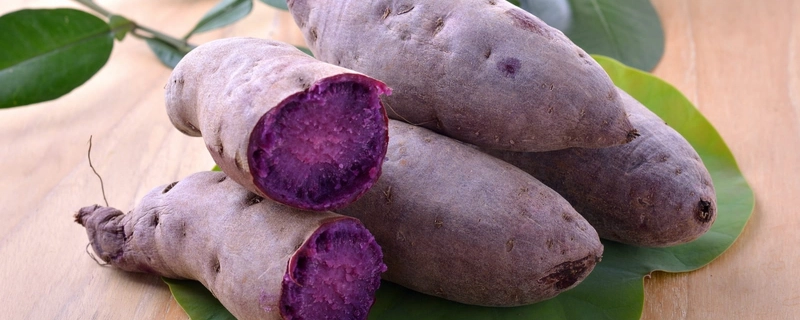
Nutritional Insights
Ube is a good source of complex carbohydrates, dietary fiber, and vitamin C. It is rich in anthocyanins (the same antioxidants found in blueberries and purple sweet potatoes), which support cellular health. Ube also provides potassium and small amounts of vitamin B6. It is naturally gluten-free and low in fat.
Modern Culinary Trends
Ube’s striking color and flavor have fueled its global popularity in desserts, drinks, and pastries. Bakeries and cafes around the world use ube in everything from lattes and croissants to doughnuts and mochi. Social media has popularized ube-based desserts for their visual appeal and mild sweetness.
Interesting and Curious Facts
Ube is not the same as purple sweet potato (Ipomoea batatas); they are unrelated botanically and differ in taste and texture. Ube has been cultivated in the Philippines for centuries and is celebrated during local festivals. Its unique color comes from high anthocyanin content, which is also responsible for many of its health benefits.
Harm and Dietary Considerations
Raw ube contains natural toxins (dioscorine and saponins) and must be cooked before eating. Excessive intake of ube desserts may contribute to high sugar consumption. Allergies are very rare. Safe for pregnant and breastfeeding women when cooked and consumed in normal food amounts.
Religious Dietary Considerations
Ube is plant-based and universally acceptable in Halal, Kosher, Hindu, and Buddhist diets, with no restrictions.
Final Thoughts & Sensory Journey
Ube offers a mild, creamy sweetness, gentle nuttiness, and a soft earthiness, all wrapped in an unforgettable violet color. Whether in classic Filipino desserts or trendy global treats, ube brings a unique sensory and visual delight to every bite.
Resources
-
Fernandez, D. R. (2019). Palayok: Philippine Food Through Time, on Site, in the Pot. Anvil Publishing. ISBN 978-9712727628
-
Davidson, A. (2014). The Oxford Companion to Food. Oxford University Press. ISBN 978-0199677337
-
Journal of Food Science, 2015, "Nutritional and Functional Properties of Purple Yam (Dioscorea alata L.)"
-
McGee, H. (2004). On Food and Cooking: The Science and Lore of the Kitchen. Scribner. ISBN 978-0684800011
